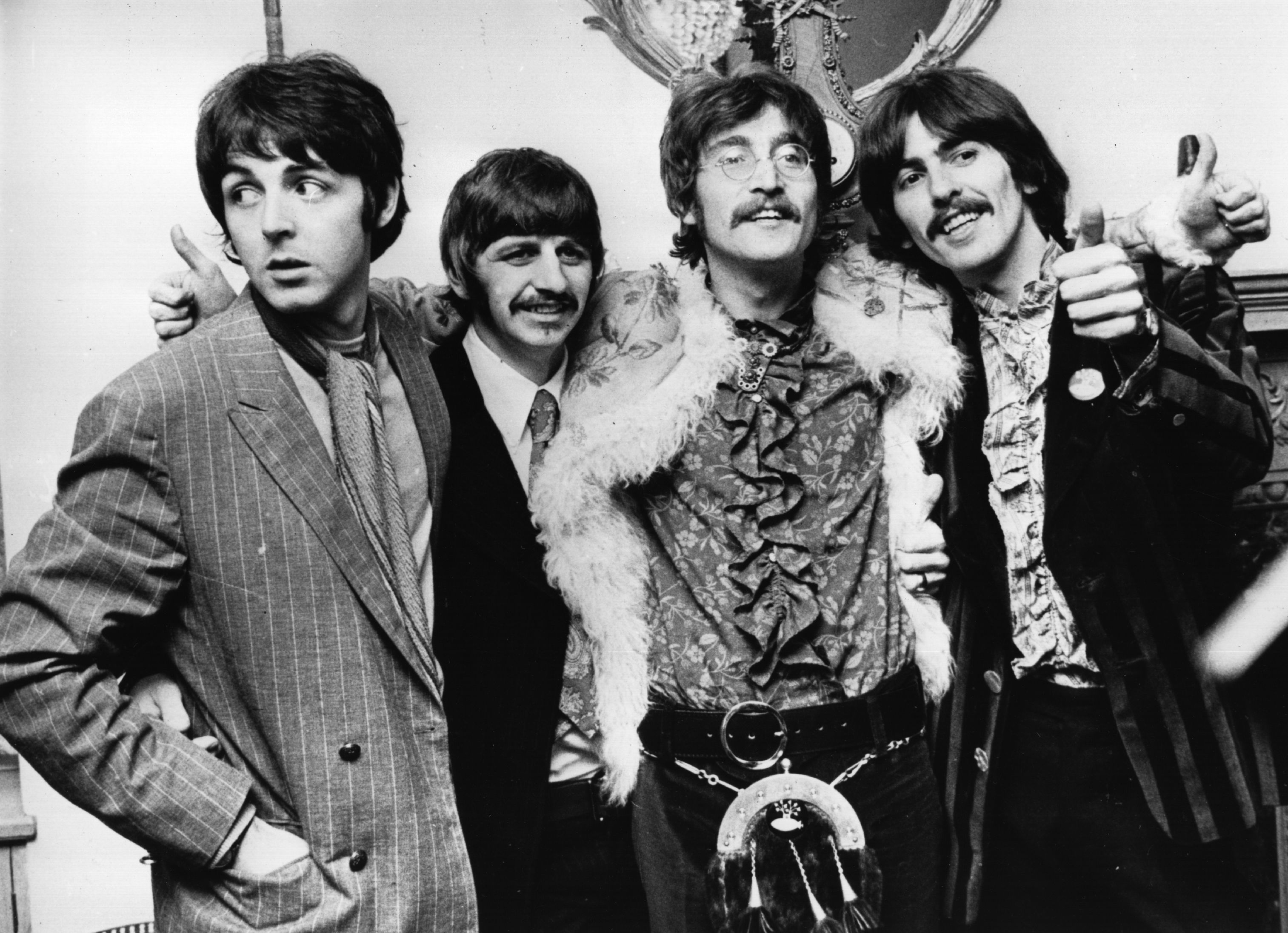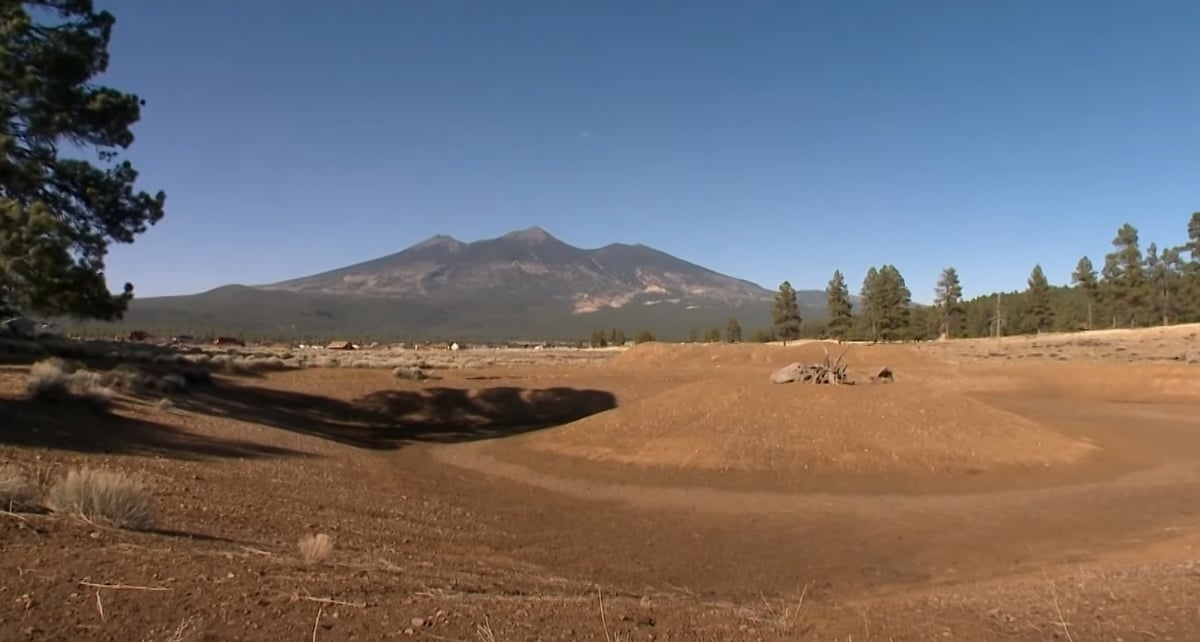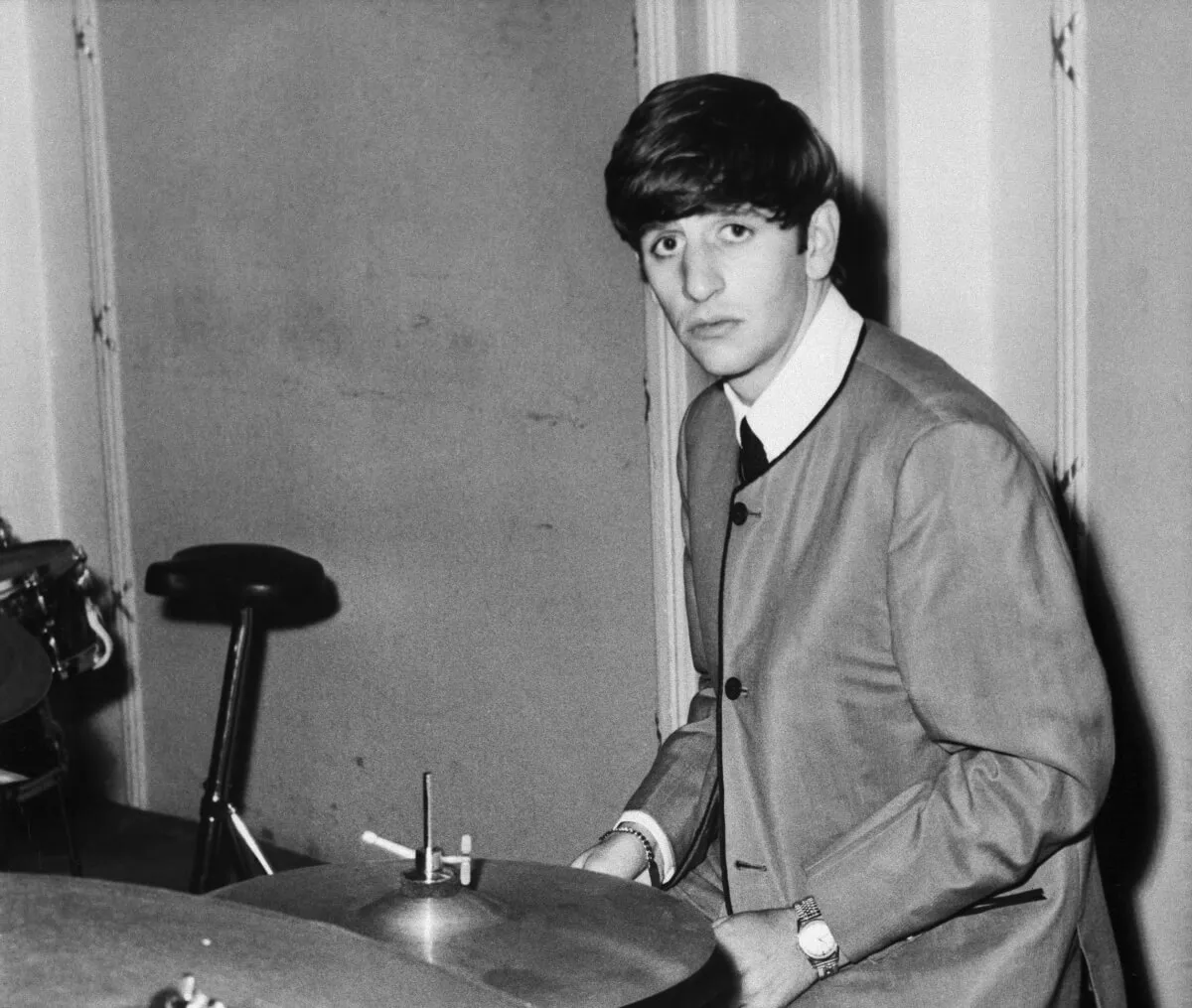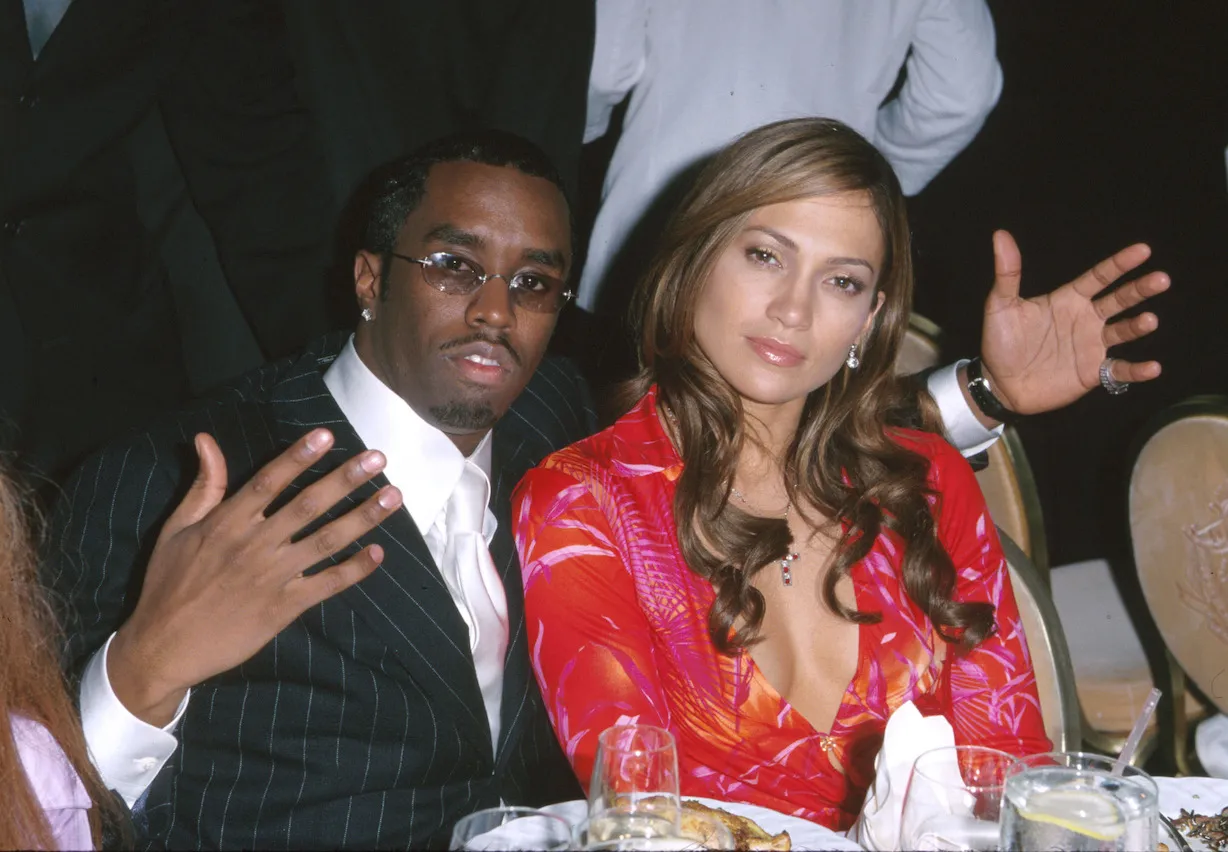This Beatles Album Was Called An ‘Unmitigated Disaster’ by The New York Times in the 1960s
It’s not often one hears any album by The Beatles pronounced a flop.
In their relatively short but intense eight years, the band’s studio albums never failed to elicit a mostly positive reaction from their fan base and the world at large.
One album of the Fab Four’s now largely considered a masterwork was panned by The New York Times as a bore at the time of its release.

Paul McCartney, Ringo Starr, John Lennon, and George Harrison |
John Pratt/Keystone/Getty Images
‘Abbey Road’ was The Beatles’ final studio album
Released in the fall of 1969, Abbey Road was recorded that year in fits and spurts by a musical partnership on its way out. The album featured sixteen tracks. Among them: “Come Together,” George Harrison’s “Here Comes the Sun,” and the legendary medley known among the band as “The Long One,” which included “Sun King,” “Mean Mr. Mustard,” “Polythene Pam,” “She Came in Through the Bathroom Window,” “Golden Slumbers,” “Carry That Weight” and “The End.”
In 2019, Paul McCartney explained to CBS News how the album’s instantly recognizable cover image – and its title – came to be.
“We were in the studio downstairs putting finishing touches to the album,” he said. “And we had another title going on that we didn’t really like. So I just said, ‘Hey, why don’t we just call it Abbey Road? And what we could do, we just go right outside, walk across the crossing. It’s done.’ You know, and it was like, ‘Yeah, okay.’ Everyone agreed.”
‘Rolling Stone’s favorable review of ‘Abbey Road’
Rolling Stone gave Abbey Road in 1969 hefty praise for each of the tracks featured.
About the album’s medley, John Mendelsohn wrote: “That the Beatles can unify seemingly countless musical fragments and lyrical doodlings into a uniformly wonderful suite, as they’ve done on side two, seems potent testimony that no, they’ve far from lost it, and no, they haven’t stopped trying.
“No, on the contrary, they’ve achieved here the closest thing yet to Beatles freeform, fusing more diverse intriguing musical and lyrical ideas into a piece that amounts to far more than the sum of those ideas.”
‘The New York Times’ savage 1969 review of ‘Abbey Road’
As for The New York Times, at the time of Abbey Road‘s release, the outlet had a great deal of criticism of the musical group’s effort.
The Times’ 1969 review by Nik Cohn titled “For 15 Minutes, Tremendous” began with acclaim for the album’s medley, saying the “nine-song, 15-minute medley” was a “triumph” and “the most impressive music they’ve made since Rubber Soul.”
Aside from that, the reviewer called The Beatles’ final studio album “limp-wristed, pompous, and fake.”
As if that weren’t enough, it continued its wincingly honest assessment of the collection of songs: “Having said that I must also say that the rest of this album is unmitigated disaster.
“The six tracks on the first side and the opening two tracks on the flip are all write-offs,” the review stated. “There’s a Ringo Starr nursery rhyme; a quick burst of sub-Brian Wilson; two songs by George Harrison, mediocrity incarnate; yet another slice of Paul McCartney twenties nostalgia, and an endless slow blues. The badness ranges from mere gentle tedium to cringing embarrassment.”
Regardless of this and perhaps other negative reviews, Abbey Road has endured in popularity and sales both in 1969 and today. On its 50th anniversary in 2019, it reclaimed the No. 1 spot on the U.K. charts, 49 years after its release.


